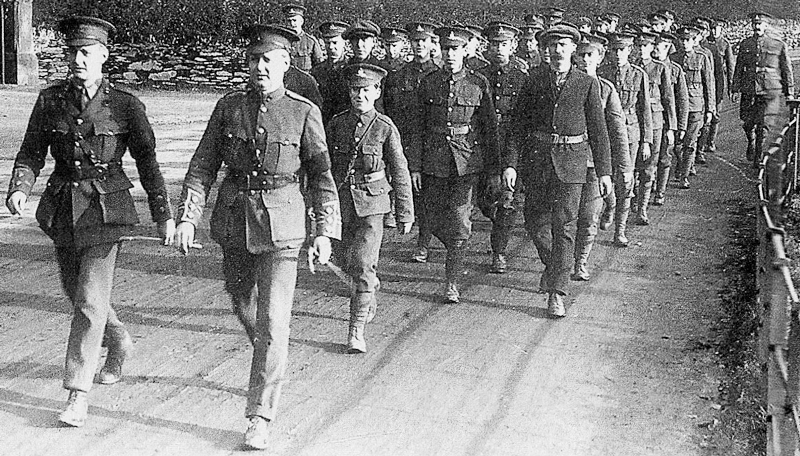 SOME of the best-known figures in Helensburgh history shared something else apart from living locally.
SOME of the best-known figures in Helensburgh history shared something else apart from living locally.
The Rev. John Baird, father of John Logie Baird, John Honeyman, the architect, Dr Fordyce Messer of ‘disappearing coachman’ fame, and the Anderson family of Helensburgh benefactors all belonged to the same organisation.



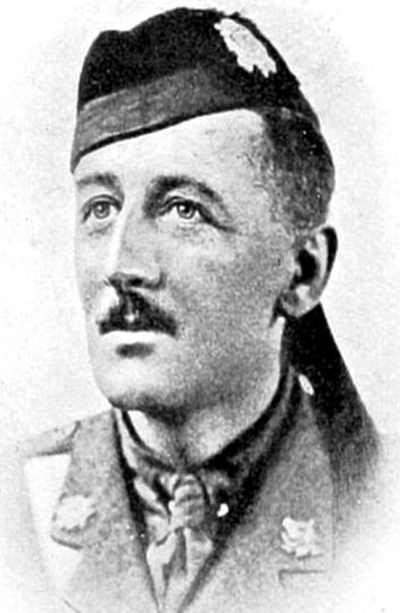 CARDROSS has the unusual — and possibly unique for a village — distinction of having been home to two winners of the Victoria Cross, Britain’s highest award for gallantry.
CARDROSS has the unusual — and possibly unique for a village — distinction of having been home to two winners of the Victoria Cross, Britain’s highest award for gallantry.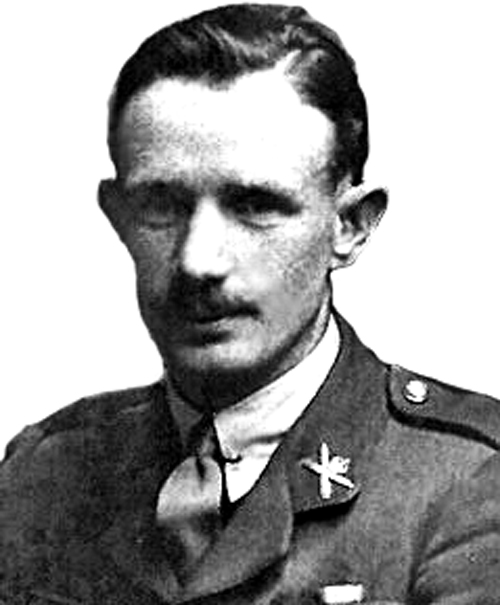 A CARDROSS soldier who later moved to Helensburgh had an astonishing military career before, during and after the First World War.
A CARDROSS soldier who later moved to Helensburgh had an astonishing military career before, during and after the First World War.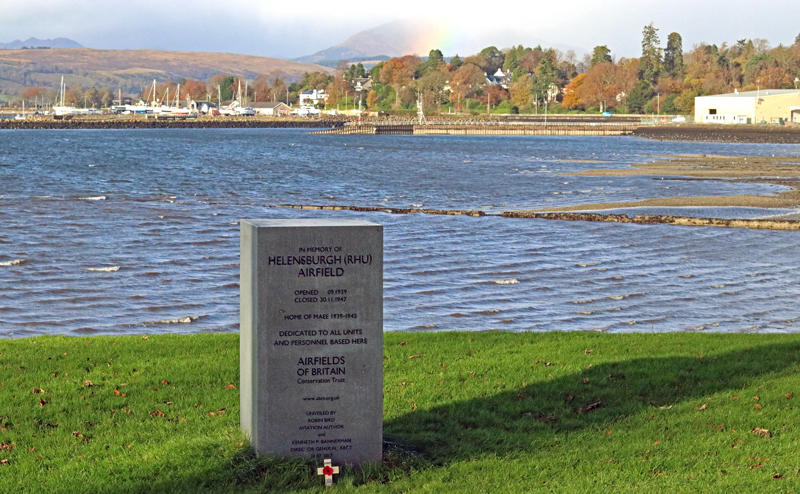
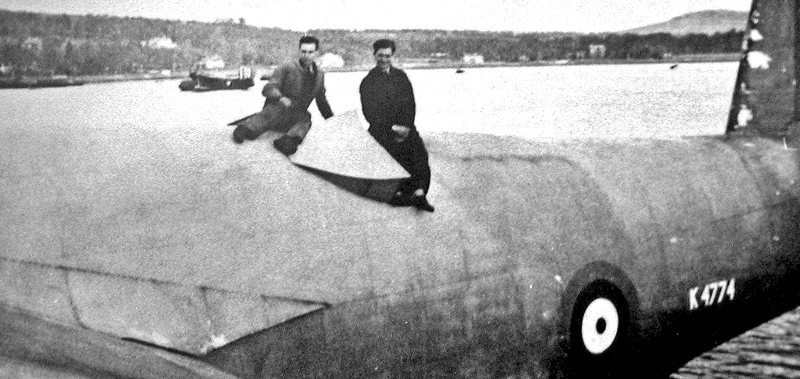
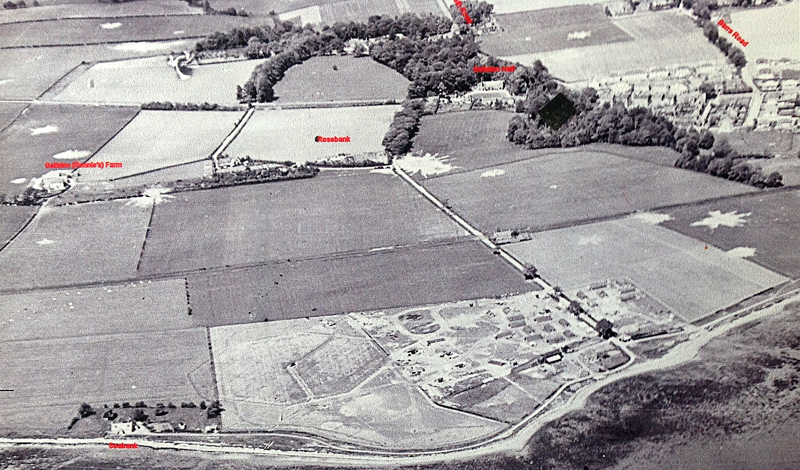
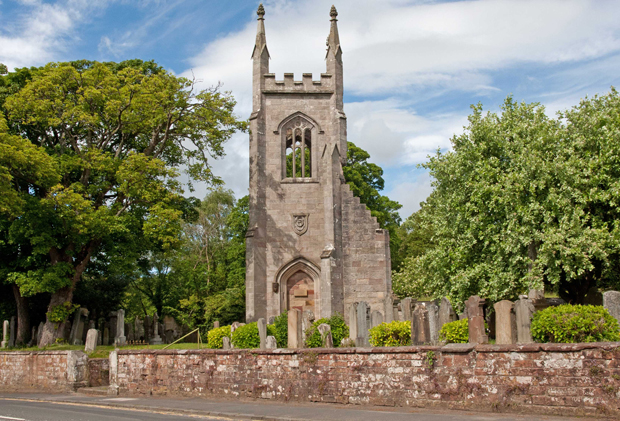
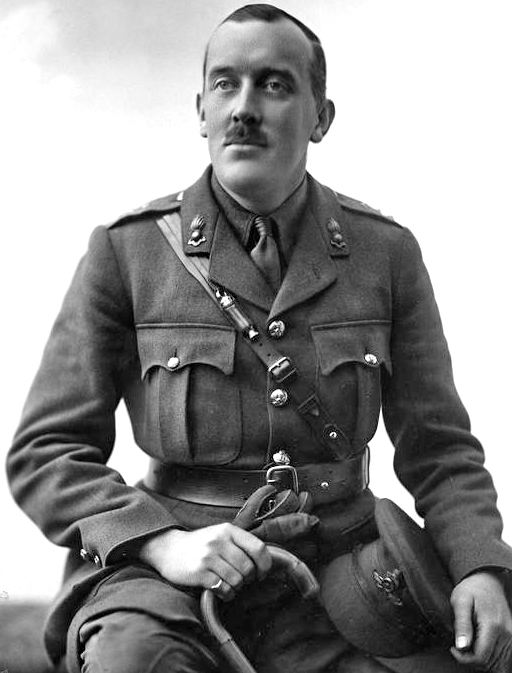 A CARDROSS army officer with a shipbuilding background died instantly when he was hit by a shell on the Belgian Western Front in during World War One.
A CARDROSS army officer with a shipbuilding background died instantly when he was hit by a shell on the Belgian Western Front in during World War One.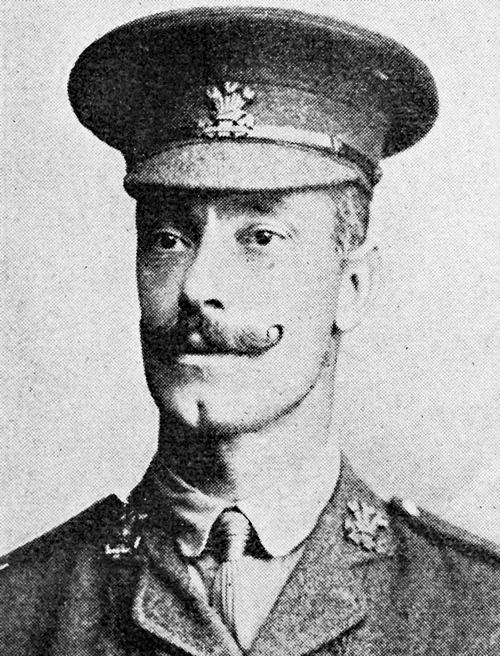 ONE of the best known Helensburgh men to die in action on the front in the first two years of World War One was a 39 year-old with twenty years service.
ONE of the best known Helensburgh men to die in action on the front in the first two years of World War One was a 39 year-old with twenty years service.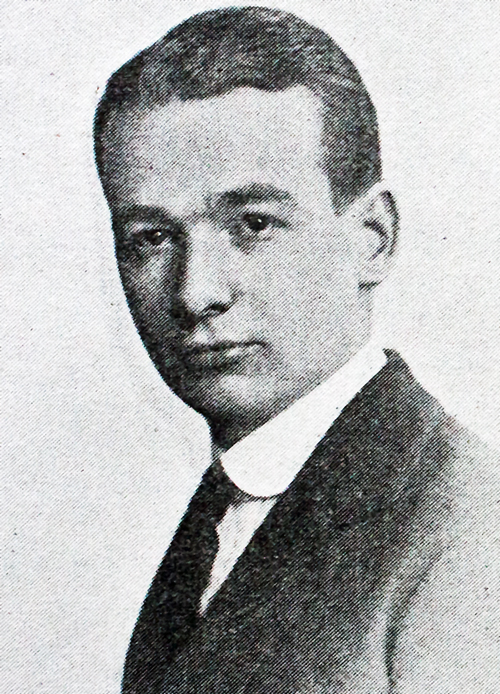 A YOUNG Cardross man who volunteered twice in World War One lost his life shortly after entering a trench with his platoon.
A YOUNG Cardross man who volunteered twice in World War One lost his life shortly after entering a trench with his platoon.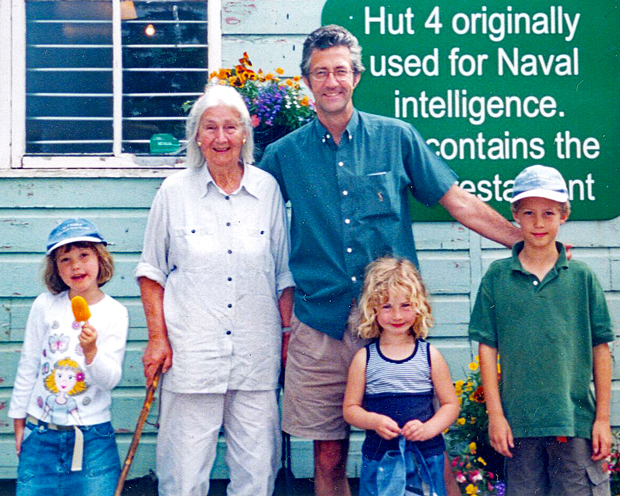
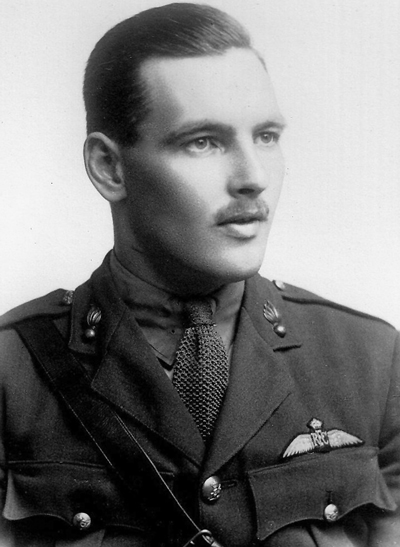 A PHOTO of a military man found in a shop in Inverness in 2012 sparked a search which led to Helensburgh — and to a tragic First World War tale.
A PHOTO of a military man found in a shop in Inverness in 2012 sparked a search which led to Helensburgh — and to a tragic First World War tale.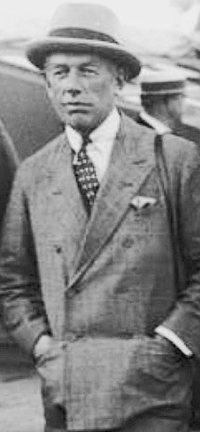 RESEARCHING an act of generosity produced a fascinating link to Helensburgh’s past.
RESEARCHING an act of generosity produced a fascinating link to Helensburgh’s past.
